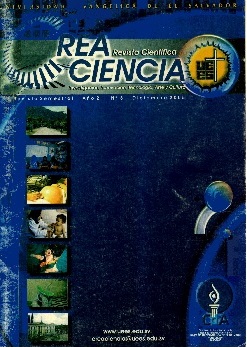Prenatal and intrapartum factors related to low APGAR score at Zacamil National Hospital
DOI:
https://doi.org/10.5377/creaciencia.v0i3.9239Keywords:
Turn OFF, Neonate, PrimiparityAbstract
In the Zacamil National Hospital, a descriptive, retrospective study of 44 cases of mothers who had children with APGAR scores low at the first or fifth minute of life during 2004 was carried out, with the objective of knowing the frequency, related obstetric factors, delivery route and resuscitation methods used in the neonate with low APGAR in the delivery service of said institution. It was found that during the year 2004 a total of 3,027 deliveries were attended, of which 44 cases had APGAR of 6 6 fewer representing a frequency of 1.4%. Of the neonates with low APGAR at one minute, a satisfactory recovery house greater than 80% was found at 5min. The highest incidence was observed in term infants with weight between normal ranges. It was concluded that maternal age, prirniparity, incomplete or absent prenatal control, labor dystocia and caesarean section are risk factors for the newborn to have low APGAR.
Downloads
417
Downloads
Published
How to Cite
Issue
Section
License
© Crea Ciencia
Declaration of originality and assignment of rights
The article must be sent with a declaration of originality, responsibility and assignment of rights of copy of the manuscript, scanned and signed by the author or by one of the authors when the authorship is collective (designated author), stating that the text has not previously published in printed or electronic format, which will not be presented to any other media before knowing the decision of the journal Crea Ciencia and that, if accepted for publication, the authors transfer the copyrights in all forms and media known. At the end of six months of the publication, the text can be shared in another magazine citing the first version of the article published in Crea Ciencia and recording its number and volume. If the article is not published, the UEES agrees to return the rights enunciated to their authors.

Crea Ciencia articles are published in open access and licensed under a Creative Commons Attribution-NonCommercial 4.0 International License.

